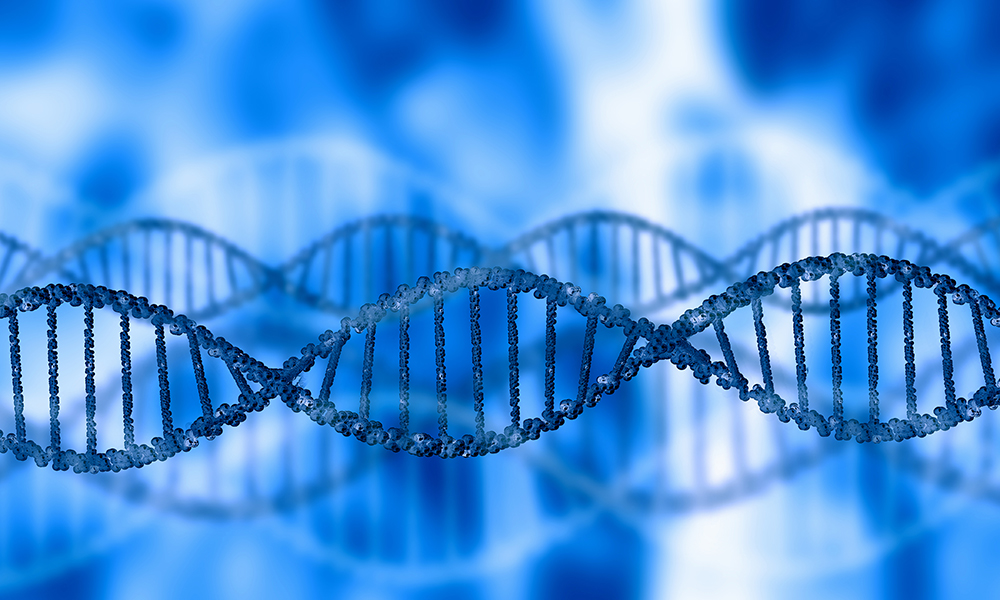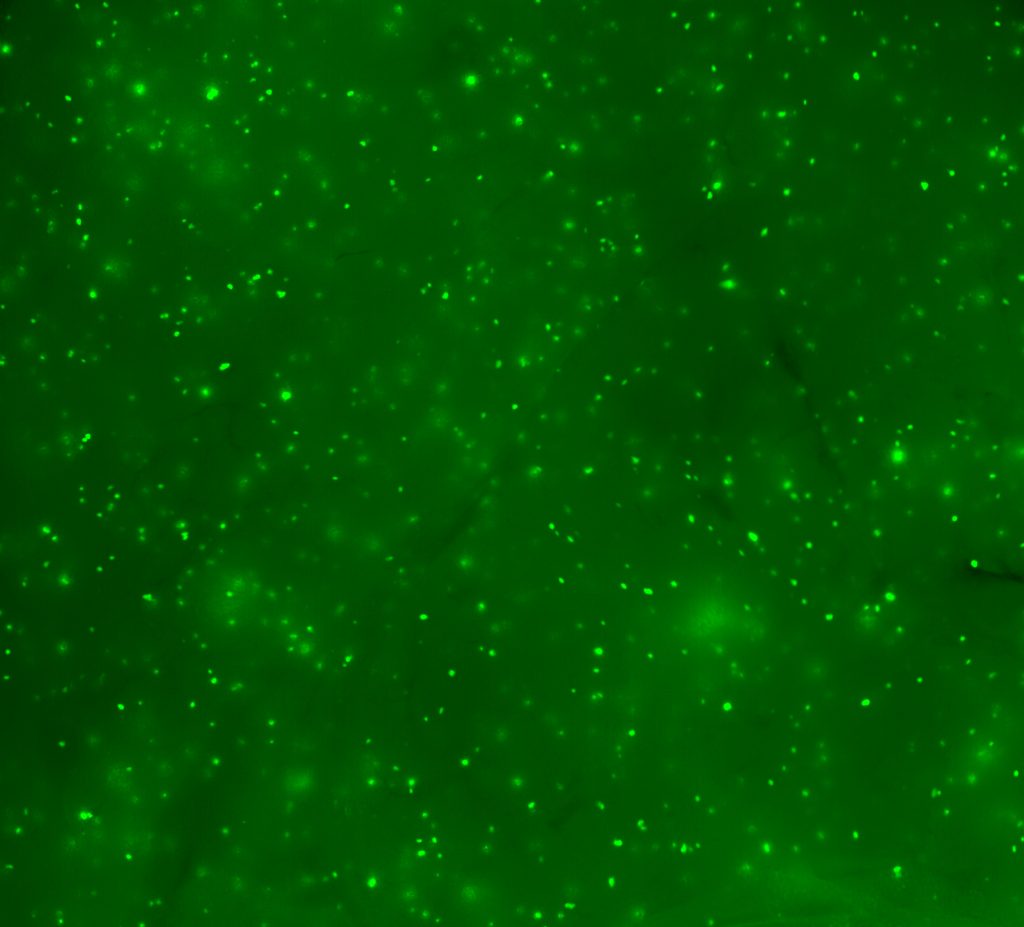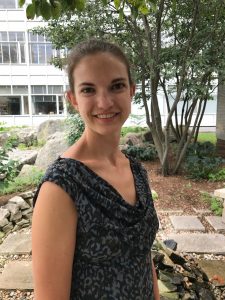Dr Jennifer Kay | Professor Bevin Page Engelward – The MIT Superfund Research Program: Studies on Cleaning Up Genes and the Environment
In the United States, there are thousands of industrial sites contaminated by the irresponsible disposal of chemical waste. The higher than expected frequency of cancer cases near these sites has caused alarm, since many of the chemical contaminants found at these sites have been linked to the development of long-term health problems, including cancer. As leaders of the Massachusetts Institute of Technology Superfund Research Program, Dr Jennifer Kay (Research Scientist and Research Translation Director) and Professor Bevin Page Engelward (Program Director) are using their expertise to investigate the genetic factors that influence susceptibility to adverse health outcomes following exposure to environmental chemicals.
Widespread Contamination
The improper storage or dumping of hazardous waste from industry and mining has led to thousands of contaminated sites across the United States. Lead, asbestos, and a host of other harmful chemicals have been detected at these sites; in many cases, these chemicals have entered the air or water supply, potentially impacting the health of citizens in the surrounding area.
In 1980, the United States Congress passed the Comprehensive Environmental Response, Compensation, and Liability Act (CERCLA), creating the Superfund Cleanup Program. The ongoing program aims to clean up sites heavily contaminated with hazardous materials across the US, eventually returning these sites to productive use. To support these cleanup efforts, the National Institute of Environmental Health Sciences started the Superfund Research Program in 1987, with the aim to support research into developing methods to detect hazardous substances, assessing the impact of these substances on health, and mitigating the risk that these chemicals pose to the general population.
Novel Solutions
Dr Jennifer Kay (Lead Scientific Researcher and Director of Research Translation) and Professor Bevin Page Engelward (Director) have played key roles in the Massachusetts Institute of Technology (MIT) Superfund Research Program, a program set up in 2017 to bring together multidisciplinary researchers from nearly a dozen MIT laboratories to address the issue of Superfund sites in Massachusetts and Maine. Both researchers have an extensive background in studying DNA damage and cancer, and together with Professor Leona Samson, they lead a project within the program to investigate the interaction of these chemicals with the genome.
The MIT Superfund Research Program is made up of projects that use cutting edge biological research and engineering to tackle the problems associated with local Superfund sites. Other major projects in the program include measuring point mutations and studying systems-level responses to environmental contaminants, creating sensors for measuring levels of contaminants in air and water, and studying flux between sediments and water to gauge how these chemicals can travel through the ecosystem.
MIT also engages with affected communities and local, state and national agencies. The areas around some of these sites include marginalised and underprivileged communities – thus, addressing the problems caused by these chemicals represents a matter of environmental justice.

Cancer Chemicals
The MIT Superfund Research Program is focused on two classes of chemical contaminants detected at a number of contaminated sites: N-nitrosamines, particularly N-Nitrosodimethylamine (NDMA), and polycyclic aromatic hydrocarbons (PAHs). The International Agency for Research on Cancer has classified several PAHs as Group 1 known human carcinogens, and has classified NDMA as Group 2A probable carcinogen as there is strong evidence that it causes cancer in animal models and is expected to do the same in humans.
PAHs have been found in the Loring Airforce Base Superfund site located near Native American Tribes living in Maine, and both NDMA and PAHs are present in Superfund sites adjacent to communities in the Mystic River Watershed, north of MIT’s home city of Cambridge.
People are exposed to PAHs and NDMA not only as a consequence of contamination of the environment, but also through other routes. Of striking importance is the recent discovery that NDMA is present in commonly used drugs, including Zantac (for acid reflux) and Valsartan (a blood pressure medication). The levels in these medications are quite a lot higher than the levels in the environment, raising concerns about the long term health consequences of exposure to NDMA via commonly used drugs.
Shedding Light on the Problem
Previous studies have shown that NDMA can cause changes to DNA, the genetic code of the cell. Most of the time, proteins in the cell will repair this damage, or the cell will undergo a process called apoptosis, which kills the cell in a controlled manner. However, multiple mutations, especially in genes that control cell division or cell lifespan, can cause the cell to divide in an uncontrolled manner, forming the basis of cancer.
Dr Kay and Professor Engelward hypothesise that the expression of two DNA repair proteins, the alkyladenine DNA glycosylase (AAG) and the O6-methylguanine DNA methyltransferase (MGMT), modulate the ability of NDMA to produce cancers in the liver. It is estimated that over 80% of NDMA-induced DNA damage is repaired by these two proteins.
To understand the role of AAG and MGMT in mitigating the effects of NDMA, the Engelward laboratory created a line of mice genetically modified to contain a DNA reporter known as RaDR-GFP. RaDR-GFP acts as a sensor to let the researchers see if the mouse’s DNA has been damaged and improperly repaired. It contains a truncated version of a gene for a green fluorescent protein; in cases where the DNA in the RaDR-GFP reporter has been broken, proteins in the cell will try to repair the break and realign each strand in a process known as homologous recombination.
As the gene contains two repeated sections, the recombination process will sometimes misalign the DNA strands, altering the genetic sequence and producing a complete copy of the gene. This completed copy then allows the cell to produce a green fluorescent protein that can be detected in tissues by microscopy, with fluorescent green dots in the tissue showing where these repair events have taken place – the more DNA breaks and subsequent recombination events, the more spots of green in the tissue. Since green cells have undergone a permanent rearrangement of their genetic sequence, fluorescent cells are by definition mutated, allowing researchers to compare the frequency of these types of mutations in different mice. In addition, the progeny of RaDR-GFP mutant cells also contain the full gene for green fluorescence, and so these animals also allow for analysis of proliferation of mutant cells.
Professor Samson’s laboratory, with support from Bevin Engelward as a graduate student, also developed genetically modified mice that lack either Aag or Mgmt. The Samson laboratory also created mice that contain additional genes for Aag that cause overexpression of the protein (AagTg). By using RaDR-GFP mice with these genetic backgrounds, the team will be able to determine how the levels of Aag and Mgmt affect the capability of these cells to repair the genetic damage caused by NDMA.
So far, the group has begun looking at the short-term and sustained responses of these animals to NDMA, and they are in the process of monitoring animals for a 9 to 12-month period in order to study the susceptibility of the Aag, Mgmt and AagTg animals to cancer. Through partnering with other researchers in the Superfund Research Program, the group will also analyse tissue from these mice using proteomics and transcriptomics techniques to understand how NDMA exposure and consequent mutations might change gene expression across the whole genome, and how this might drive cancer. Ultimately, the goal is to be able to identify people who are at an increased risk of cancer if exposed to chemicals that damage DNA.

Measuring DNA Damage
Professor Engelward’s group has had success using a similar mouse model to study links between inflammation and cancer. In a study published in PLOS Genetics in 2015, the group used an analogous fluorescent mouse model based on an equivalent genetic construct for detecting DNA damage-induced homologous recombination. In this case, the cells of the mice contained truncated copies of a gene for a yellow fluorescent protein rather than green.
The group found that although acute inflammation did not increase the instances of homologous recombination, the period after inflammation where cells proliferate and replace damaged tissue carries with it an increased risk of mutations. Simultaneous inflammation events during this proliferation period can cause double-stranded DNA breaks and homologous recombination; this has significance for people with chronic inflammatory conditions in which the risk of cancer is higher.
In this study, the team also found more fluorescent mutant cells in the pancreas of mice treated with the carcinogen N-nitros-N-methylurea (MNU), an alkylating agent closely related to NDMA. Interestingly, cell proliferation following inflammation significantly potentiated the mutagenic effects of MNU. This suggests that chemicals that can cause both inflammation and DNA damage, a group that includes NDMA and other Superfund chemicals, may be particularly adept at causing mutations and initiating cancer.

Mutant cells fluoresce green in a RaDRGFP mouse pancreas. Credit Jennifer Kay. The cover image features yellow fluorescent mutant cells
Additional Tools
While these mice can provide the researchers with information on the frequency and location of these mutations, the group also wishes to understand the effect of NDMA on the overall health of the cells. In order to do this, Professor Engelward’s team has developed a novel toxicity assay in the form of the MicroColonyChip, or uCC.
The μCC is a gel-based chip containing thousands of tiny microwells, microscopic indents that small colonies of cells can be grown in. Through treating the colonies of cells with chemicals and imaging them using a fluorescent microscope, the platform allows the researchers to closely study the reaction of small colonies of cells to environmental chemicals in vitro.
This novel technique is a significant advance for measuring toxicity. It is more sensitive than commonly used toxicity assays, and less susceptible to artefacts and errors than other high-throughput methods. The assay measures the size of cell colonies and uses the distribution of colony size to measure cell survival, the first time this readout has been used as a high-throughput measure of cytotoxicity.
In addition to the uCC, the Engelward laboratory has also developed technologies for detecting and quantifying DNA damage. Specifically, the CometChip and the HepaCometChip enable the detection of DNA strand breaks and bulky lesions, respectively. The CometChip is now being broadly distributed by Trevigen, which is part of BioTechne, Inc.
Looking to the Future
Having developed these cutting-edge tools and started work on looking at the short-term effects of NDMA exposure on cell proliferation and DNA damage, the group hopes to study the long-term impact of Aag and Mgmt on cancer susceptibility. The findings from Dr Kay and Professor Engelward are consistent with previous work showing that NDMA and related compounds are potent mutagens, and future work will identify genetic predispositions and genome-wide changes caused by this compound.
With contemporary studies showing traces of NDMA in food, medications, and in contaminated water (in some cases adjacent to Superfund sites), Dr Kay and Professor Engelward’s research will be important in identifying at-risk populations, and understanding the negative effects of NDMA on human health. Importantly, ongoing research is also focused on mitigating the impact of previous exposure to NDMA, with the goal of suppressing the risk of cancer for people who have been exposed to NDMA. For all of their projects, results will be shared with those communities affected by these chemicals to inform those who will benefit from the research the most. Ultimately, Dr Kay, Professor Engelward, and their colleagues in the MIT Superfund Research Program aim to impact public health via disease prevention and disease mitigation, as well as by contributing to public health via engagement with their local communities.
Reference
https://doi.org/10.33548/SCIENTIA480
Meet the researchers

Dr Jennifer Elizabeth Kay
MIT Superfund Research Program
Department of Biological Engineering
Massachusetts Institute of Technology
Cambridge, MA,
USA
Dr Jennifer Elizabeth Kay completed her PhD in Professor Engelward’s lab at the Massachusetts Institute of Technology in 2017, where she is now a postdoctoral research fellow. From 2017, she has also been the Research Translation Core Leader at the MIT Superfund Research Program. Her work with the translation core involves partnering with government agencies and communicating scientific findings from MIT Superfund projects to the wider community. Dr Kay’s research focuses on analysing genetic susceptibility to N-nitrosamine-induced DNA damage and studying short and long-term consequences of chemical exposure in mice with modified DNA repair mechanisms.
CONTACT
W: http://superfund.mit.edu/people/Jennifer-kay
Twitter: @MIT_SRP, @justjkay
FUNDING
National Institutes of Health, National Institute of Environmental Health Sciences
Superfund Basic Research Program, National Institute of Health, P42 ES027707
MIT Center for Environmental Health Sciences, P30-ES002109

Professor Bevin Page Engelward
Director, MIT Superfund Research Program
MIT Center for Environmental Health Sciences
Department of Biological Engineering
Massachusetts Institute of Technology
Cambridge, MA
USA
Professor Bevin Page Engelward graduated from Yale University and then received her doctoral degree from the Harvard School of Public Health. In 1997 she became an Assistant Professor in the Division of Bioengineering and Environmental Health at the Massachusetts Institute of Technology. She is now a Professor in the Department of Biological Engineering and the Director of the MIT Superfund Research Program. Professor Engelward’s research focuses on how genetics and DNA repair mechanisms modulate disease susceptibility, with an emphasis on the development of novel tools for studying exogenously-induced genetic changes in animals and human cells.
CONTACT
W: http://engelward-lab.mit.edu
Twitter: @MIT_SRP

Creative Commons Licence
(CC BY 4.0)
This work is licensed under a Creative Commons Attribution 4.0 International License. 
What does this mean?
Share: You can copy and redistribute the material in any medium or format
Adapt: You can change, and build upon the material for any purpose, even commercially.
Credit: You must give appropriate credit, provide a link to the license, and indicate if changes were made.
More articles you may like
Grandmothers: Innovation Through Tradition
Grandmother Project – Change through Culture (GMP) is an organisation dedicated to documenting the role of grandmothers and demonstrating the effectiveness of grandmother-inclusive strategies in improving the health and well-being of women, children, and adolescents. GMP’s groundbreaking work challenges conventional wisdom to transform community-based interventions in Africa and beyond, harnessing a powerful but often overlooked resource: the wisdom and influence of grandmothers.
Dr Robert Larkin | Cultivating Change to Improve Soil Health and Increase Potato Yield
Environmental quality and food production are facing the pressing challenges of climate change and global population growth. Dr Robert Larkin from the United States Department of Agriculture-Agricultural Research Service (USDA-ARS) and a team of plant scientists developed and tested a range of crop management systems to help overcome these compounding challenges. Their work is improving soil health and increasing the yield of potato crops, contributing to the future food security of nations.
Professor Giorgio Buttazzo | Artificial Intelligence and a Crossroads for Humanity
Where do we stand with artificial intelligence? Might machines take over our jobs? Can machines become conscious? Might we be harmed by robots? What is the future of humanity? Professor Giorgio Buttazzo of Scuola Superiore Sant’Anna is an expert in artificial intelligence and neural networks. In a recent publication, he provides considered insights into some of the most pressing questions surrounding artificial intelligence and humanity.
Dr Ralf Adam | New Technologies Shaping the Future of Oral Hygiene
Understanding the efficiency of various toothbrush technologies is essential for achieving optimal oral health. Dr Ralf Adam, who leads a dedicated team at Procter & Gamble in Germany, is keen to investigate the complexities of these technologies. His team have provided new insights into the best toothbrush types for plaque removal and the maintenance of gum health. By highlighting the importance of informed oral care decisions and ongoing investigations, this vital research works towards ensuring everyone can achieve a brighter, healthier smile.




